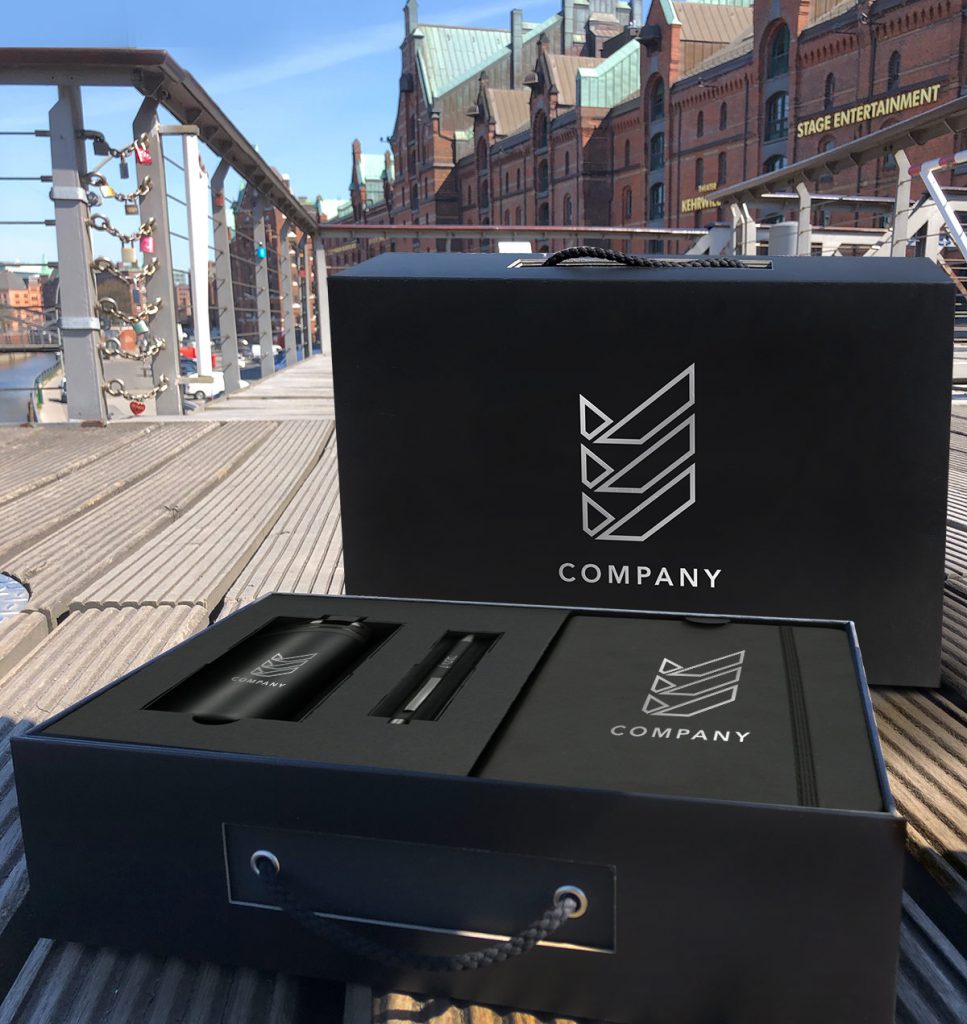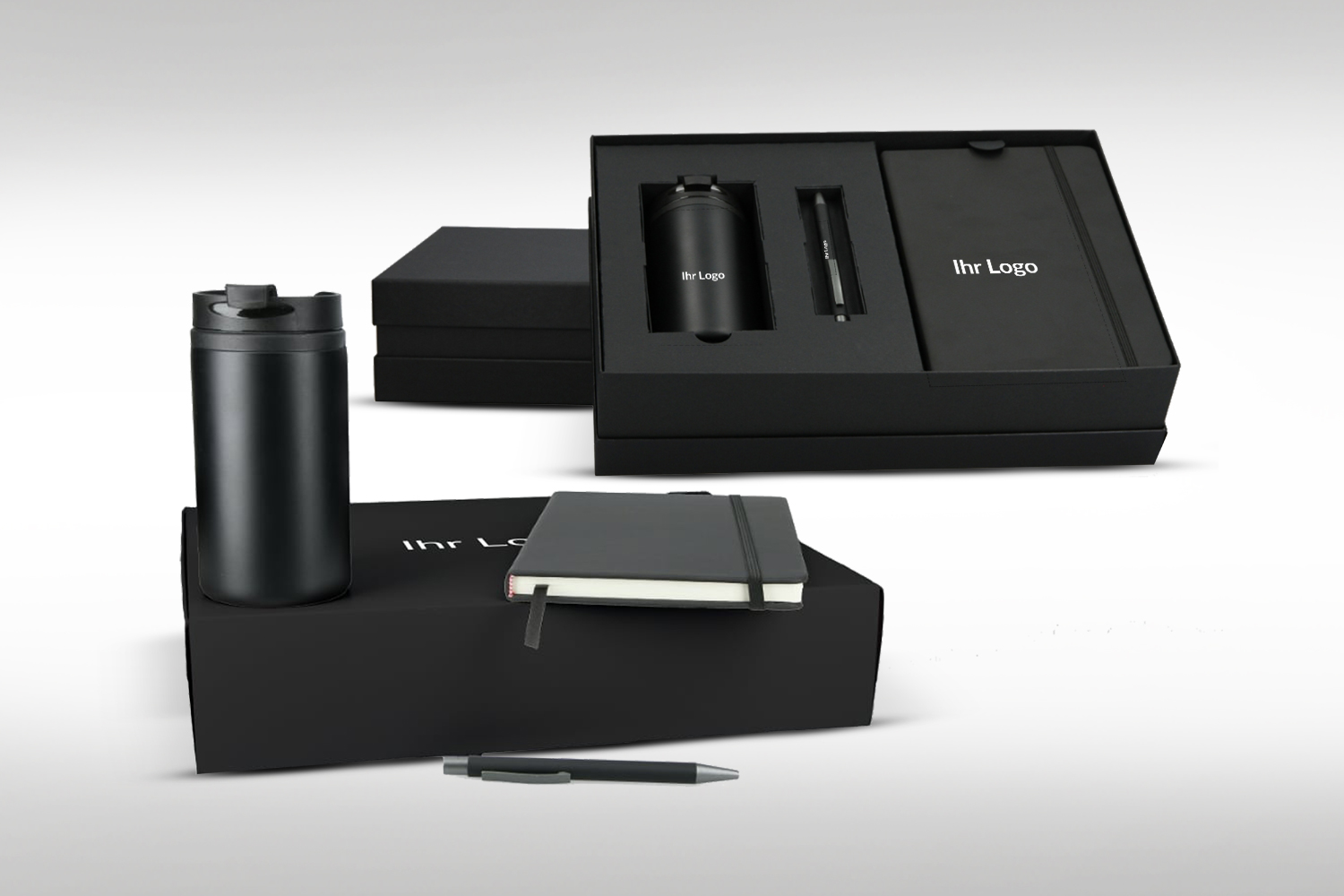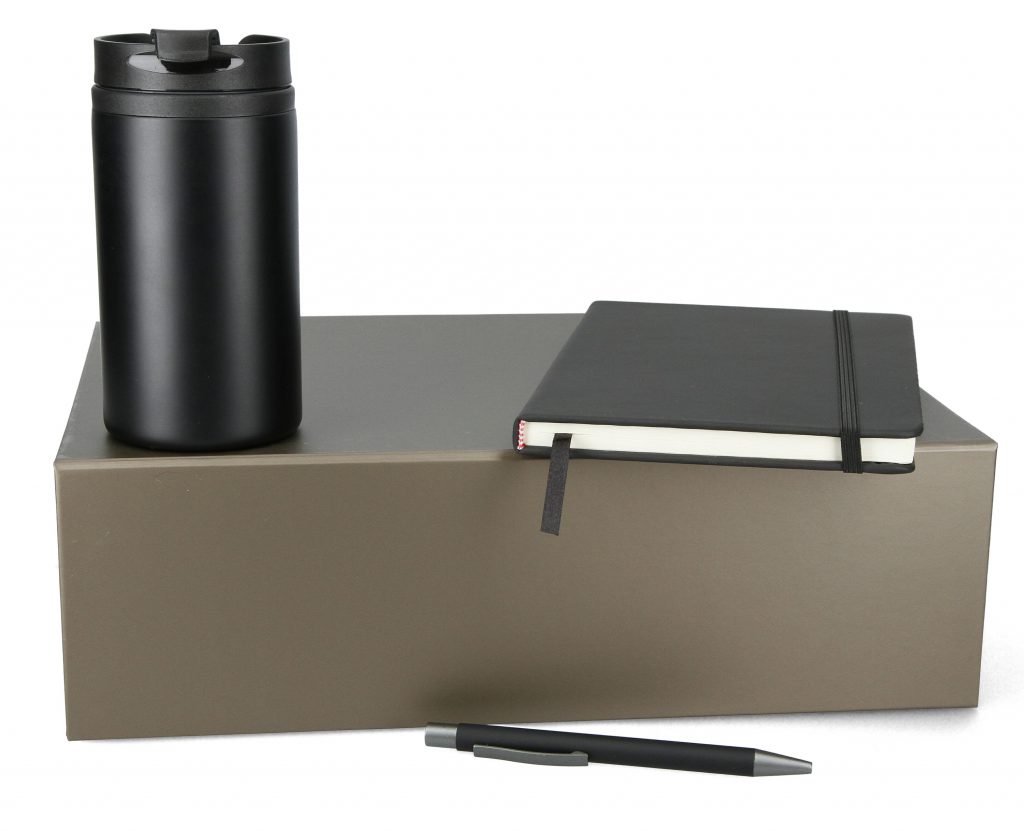- Onboarding – Summary
- Why is onboarding so important?
- Employee Experience – motivation and loyalty push
- When does onboarding start? The 3 phases
- Methods & Tools | Warm welcome – Onboarding boxes
- Onboarding areas
- Setup of the workplace
- Expert tips from practice - Martin Reckel
- Onboarding – can I save the costs?
- The do’s and don’ts of onboarding
- What does targeted onboarding bring to companies for recruiting?
- Onboarding in numbers
- Conclusion
SPECIAL
- Onboarding Checkliste – PDF-Download (coming soon)
(For reasons of better readability, the simultaneous use of female and male language forms will be avoided in the following and the generic masculine will be used. All personal names apply equally to both genders.)
1 | Onboarding Summary
“Onboarding is much more than just getting a workstation and a PC on the first day of work and shaking your colleagues’ hands in a friendly manner…”
The term onboarding comes from English, stands for “taking on board” and describes a systematic process of integrating new employees into an existing team. Just as in your private life, it is also important in your professional environment to make a good first impression. These measures enable companies to integrate new employees more quickly and get them used to the working environment.
2 | Why is onboarding so important?
In times of a shortage of skilled workers, onboarding is becoming more and more important because increasing mobility means employees are more flexible and can change jobs more quickly. That's why it is essential to bind new skilled workers to the company right from the start of their job. According to statistics, one in three employees has already resigned during the probationary period or is already toying with the idea in the initial phase. to leave the company.
Targeted onboarding can counteract this and eliminate discrepancies or possible uncertainties. An employee who is familiar with their colleagues and the company culture quickly gains self-confidence and can identify well with the company. This prevents termination and the resulting costs of the costly application process and loss of productivity.
3 | Onboarding as part of the entire employee experience – motivation and loyalty push
Through targeted and systematic onboarding, specialists can be deployed quickly and effectively. Employees who can identify with the company are more motivated, consistently perform better and go beyond their set goals. The feeling of belonging is strengthened by a high level of appreciation and the opportunity to be part of the company. Onboarding is a valuable tool to increase performance in the long term.

Employee Experience
We define employee experience as seeing the world through our employees' eyes, staying connected and aware of their key milestones. Our goal is to create compelling everyday experiences and communicate this culture to all existing employees and even applicants.
Employee experience is the sum of everything an employee experiences during their association with the company - every interaction an employee has, from the first contact as a potential employee to the last interaction after the employment relationship ends.
It is a strategic initiative whose aim goes far beyond making employment more fun and enjoyable. It involves designing and providing distinctive experiences for employees that are aligned with our corporate culture.
But it goes far beyond that. We actively manage the creation of better engagement, as well as the creation of spaces and workplaces that promote culture, as well as the interfaces with HR-IT.
Onboarding means appreciation
Only an employee who experiences respect and appreciation can develop properly and exploit their full potential. That's why it's important not to throw employees straight into work, but rather to introduce them to the new job gradually and to get regular feedback.
“You can’t buy appreciation.”
There are only a handful of reasons why employees actually leave a company. Lack of appreciation is a classic but still as relevant as ever.
“Appreciation = free!”
A good part of management work is also to respond to the employees and to be there for them, and not in the physical aspect.
Successful managers are surrounded by motivated teams. Employees who enjoy working on projects, are there for each other, and are highly motivated.
People love to be noticed countless studies have shown this. Even in childhood, there is a desire for recognition from parents and those around us. This continues unconsciously in later everyday work.
4| When does onboarding start?
Onboarding begins in the preboarding phase, well before the first day of work. Here it is important to pick up the employee, provide them with information and be available if they have any questions. Onboarding in the initial phase gives the new specialist a feeling of appreciation and security.
The company can also offer advance support in private matters, such as finding an apartment or childcare.
Provide your employees with a guide before their first day at work:
- Where can he find something in a city that is strange to him? This increases the willingness to get involved in a new environment, especially among foreign skilled workers.
- What needs to be taken into account in our country?
- Where can he find useful addresses and contacts for the move?
- How does the tenancy agreement work in Germany…
Phasen des Onboardings
Phase 1 – Preboarding
The preboarding phase begins with the signature of the employment contract, i.e. before the job begins. In this phase, the new employee receives all the documents that clarify initial questions and take away any uncertainties. Provide the newcomer with a personal contact person who can be reached at any time if they have any questions. This is also a sign of appreciation.
“Digitally, using a modern onboarding app, you can build a good bond between the company and your future team with every new employee in this phase, completely regardless of location and language.”
Also put together an agenda for the first day of work and a plan of the premises so that the new specialist can prepare well for the first day of work and feels confident.
In the company itself, in the preboarding phase, the workplace is prepared at the same time and the email account and access to the necessary tools are set up. This means that the new employee can immediately familiarize themselves with a functioning system.

Phase 2 - Welcome
The first day of work is particularly exciting and exciting. The new employee encounters a new work environment and new colleagues. It is therefore important to approach the first day on the job calmly and calmly and to give the new specialist time for orientation.
It is advisable to take a short tour of the premises so that the new employee is aware of all the important points of contact. An introduction to colleagues and an explanation of the individual areas of activity should not be omitted. In this way, contacts can be made that ensure faster integration into the team.
“Management and executives are the essential ambassadors”
Time is precious, but there is no second chance to make a good first impression. Companies should invest a lot in new employees on the first/second day of work; the presence of managers is particularly relevant. They embody the vision, the potential and the culture like no one else. Leadership comes from going ahead (thinking) - employees identify with them, as impressively demonstrated by companies like Apple and Tesla.
At his workplace, the employee receives all the necessary materials and data, such as passwords, keys and a preconfigured PC. Here too, provide a contact person in case technical problems arise.
Phase 3 – Introduction/Integration
In this phase, the new employee has already gotten to know all the work processes, colleagues and the corporate culture and has settled in. Now it's about deepening and strengthening the bond. Certain team building measures or workshops with other employees can prove to be particularly valuable. The integration of the new specialist into work groups or participation in projects increases the feeling of belonging.
“Who is your buddy?”
A wide variety of buddy systems are available depending on the company structure and enable new employees to exchange ideas directly with experienced colleagues on a growing, very personal level. Depending on the system, across departmental silos and specialist affiliations, they offer orientation, quickly convey the true company culture and enable any questions in a protected atmosphere.
It is equally important as a company to continually obtain feedback from new employees. This not only shows appreciation and concern for the well-being of employees, but also always brings companies up to date and can cushion dismissals in advance.
Use standardized surveys
- after onboarding
- after 30 days
- after 90 days
- after the probationary period
Automated survey tools enable you to precisely monitor the well-being of new employees and, thanks to their anonymity, provide unvarnished feedback on your entire employee experience process.
5 | Onboarding methods and tools
Today, a company's HR manager has a large selection of onboarding methods and tools available to them. In many companies it is customary for new employees to receive a small gift in the form of a welcome gift. It has been shown that special onboarding boxes that are individually tailored to the company are particularly effective and have a major impact in the overall concept of employer branding.


What is good onboarding?
Warm welcome – onboarding boxes to increase loyalty
An important tool in the onboarding toolbox is welcome gifts. In addition to the classic debut gifts, there are now boxes that are specifically designed for the perfect onboarding experience and employer branding - onboarding boxes. Companies have the opportunity to individually brand both the content and the packaging and tailor them to the company. The high-quality boxes are filled with special products.



Products that are integrated into everyday work but can also be used privately are particularly popular. A coffee mug, notebook or power bank decorated with company branding. Happy and loyal employees who are proud to be part of a company also like to show this publicly.
Companies strengthen their own brand with individual onboarding boxes. This not only has an impact on internal communication, but in the long term also on employer branding and external representation and positioning as an attractive employer.
Ongoing onboarding/employee retention
The onboarding process is far from complete when the key and access data for all programs are handed over. The next few weeks and months will show how well the new employee finds his way around the company. Good training and social integration are important for the well-being of the “new ones”.
What should onboarding look like?
It is important, among other things, that the employee always has a personal contact person for all tasks that arise. This means that complex tasks can be discussed. A misunderstanding often results in tasks having to be roughly edited or completely redone. This is more than demotivating for every employee. See buddy systems.
During this period there are many opportunities for social integration and lively exchange on a professional and private level between colleagues. This promotes collegial cohesion and increases the feel-good factor.
Experience has shown that the first days and weeks in a job are full of impressions and information, new specialist topics, contact persons and go by quickly, very quickly. A company should consciously avoid providing too much information.
Especially from the 4th week onwards, relevant mandatory and voluntary information events should be offered. This can include:
- Be deeper insights into the service or products,
- What happens in the development of future products and services,
- What does production look like
- How is the company positioned abroad?
- …etc.
“Background information and insights into the vision build deep bonds and identification among employees.”
Obtaining regular feedback prevents terminations
It's not always the serious problems that make employees uncomfortable and lead to termination. Often they are very rudimentary things that have been a thorn in the employee's side for a long time but have never really been discussed. It is therefore important to keep yourself informed about employee well-being and to obtain regular feedback. Companies can use this valuable feedback to optimize processes in the future and adapt onboarding for new employees.
“For me, leadership means really knowing my employees, both professionally and privately. I’m happy to invest my working time into this.”
6 | Onboarding areas: professional, social, cultural
Professional
The new specialist is deployed according to their knowledge and skills and is neither overworked nor underchallenged. A contact person is always available to answer any questions.
Social
The employee is integrated into the team during lunch breaks, team meetings and other events and feels comfortable and like a fully-fledged team member after just a few weeks.
Cultural
The new employee can identify with the company culture and philosophy and supports the company's principles.

7 | Setting up the workplace
A professionally set up and comfortable workplace is one of the foundations for a successful start in the company. Technical problems, missing hardware or software or an error message when connecting to the company server can spoil a good first impression, cause uncertainty and inhibit productivity. Demotivated employees also tend to resign more quickly.
The workplace should therefore be properly set up and tested. This is the only way to ensure that the new employee can find their way around straight away and get started. It is therefore a good idea to draw up a checklist in advance so that all components can be tested.
"The famous icing on the cake - the workplace is individually decorated by the team as a special welcome."
Checklist for setting up new workstations:
- Office furniture: Are the desk and office chair available and comfortable?
- Office utensils: Are all the necessary office utensils available?
- Is the required hardware and software available?
- Do the hardware and software work and are they ready for immediate use?
- Do the logins for e-mail, SAP, server etc. work?
- Is there a contact person on site for any technical problems?
- Are all work records, documents and accesses available?
- Has a small welcome gift (onboarding box) been organized?
8 | Expert tips from Martin Reckel

Martin Reckel has been working for 25 years as an agile international HR manager, executive and project manager, both in start-up structures and in medium-sized companies and corporations, in a broad mix of industries including e-commerce, B2B and B2C.
Excerpts from his expert tips:
- Companies and employees should present themselves authentically
a.) during all recruiting contacts and b.) especially during the actual onboarding. - The real company culture should be conveyed to new employees right from the start and made tangible, not the wishful thinking of the target culture that is usually shown on posters.
- Geschäftsführung und Führungskräfte sollten sich unbedingt einbringen, sich Zeit nehmen für die neuen Mitarbeiter und dies vom ersten Onboarding Tag an.
- Onboarding – this is not the first day of work, the process of a good comprehensive planned onboarding starts much earlier.
- Time is money...., but a professional basic onboarding should take approx. 1.5-2 days and then be continued in further small events and trainings. The later significantly higher performance and motivation justify this investment many times over.
- Vor allem die Besonderheiten eines Führungskräfte Onboardings sollte als separat organisierter Prozess professionell umgesetzt werden, um den zukünftigen Leistungsträgern all die relevanten Inhalte, Kontakte und das Wissen zu vermitteln.
9 | Onboarding – Can I save the costs?
Due to complex application processes and a long lead time in recruiting, companies invest a lot of money in new hires. To ensure that the newly acquired high potentials do not turn away after a short period of time, but rather remain loyal to the company in the long term, it is necessary to design the pre- and onboarding phase effectively in order to avoid terminations.
15,000 – 25,000 euros per employee –
are the follow-up costs of a termination
According to statistics, the pure personnel costs of a termination amount to 2,500 euros per employee. But that's not all, because a termination is usually preceded by a longer period of sick leave during which the salary continues to be paid. Any severance payments, including legal fees and court costs, can quickly become costly. There are also costs for job advertisements.
New hires take time
The production of documents and documents such as employment references costs the human resources or HR department time. Recruiting and selecting new specialists through complex application processes, telephone interviews and job interviews is just as time-consuming. All of this costs money! Onboarding also costs money! However, these costs are quite low in relation to the costs of a new hire.
Save money through onboarding
Systematic onboarding saves money and makes money. Not only is the costly search for new high potentials eliminated, productivity is also increased through the rapid integration of specialists into the team. Employees who feel welcome in the company are more motivated and therefore perform better.
10 | The do’s and don’ts of onboarding
Dont´s
No feedback / no contact person: Availability is extremely important, especially in the first few weeks. Make sure that new employees are assigned a personal contact person who regularly collects feedback and takes care of any concerns or discrepancies. Because inconsistencies demotivate and often lead to dismissals.
Avoid investments: Onboarding costs time and money, but is significantly cheaper compared to the costs incurred in the case of a new hire. Onboarding is worth it!
Do´s
Good preparation: Successful onboarding begins before the first day of work. Make sure that the employee receives all the necessary documents and information in advance and that all important questions are clarified. Instruct all colleagues so that they don’t look surprised when the “new guy” shows up at the door.
Personal communication: Personal introductions to colleagues and superiors, as well as regular personal feedback rounds, are essential for onboarding.
Set up your workplace: A desk, office chair, PC and the necessary office supplies should be ready. The function of all technology and access to software such as mail clients or the server should be checked in advance.
11 | What does targeted onboarding bring to companies for recruiting?

Increase in productivity: Systematic onboarding enables an optimized induction process, with orderly structures, transparent processes and clearly distributed tasks.
Saving costs: Hiring a new specialist, including recruiting, usually costs companies 15,000-25,000 euros per employee. The costs are significantly higher for managers. Through smooth integration, companies avoid premature terminations.
Improved employer branding: Motivated and happy employees are happier and represent the company positively to the outside world. Through onboarding measures, companies improve employer branding and position themselves as an attractive employer.
Time savings through efficiency: Through optimized onboarding, HR managers and colleagues save time when integrating new employees.
12 | Onboarding in numbers
This is why onboarding is so important:
- 82% This is why onboarding is so important:
- 58% of recruiters would like to become more known as an attractive employer - employer branding
- 61% see fluctuation in the company as an important key figure
- 24% of employees have already resigned during the probationary period
- 58% of companies do not have a defined employer brand
- 33% of the new employees had a different image of the company in advance
- 21% of new employees did not receive any information before their first day of work
- 50% of new employees received no feedback during the probationary period
- 15% of new employees think about quitting on their first day
- 46% of skilled workers have left the company because expectations were not met
- 46% of skilled workers have left the company because of the corporate culture
- 21% of skilled workers could not be properly integrated into the team
- 50% of all companies have problems training new employees
13 | Conclusion
Onboarding has several advantages: Through systematic integration into the company, new employees are ready for work more quickly. The appreciation shown to the specialist during the onboarding phases has a positive effect on motivation and increases performance and productivity in the long term.
Regular feedback discussions during onboarding make the new employee feel in good hands and respected as part of the whole. As a result, the termination rate drops rapidly and expensive new hires can be avoided.
The onboarding process begins before the first day of work, with the preboarding phase. Here you as a company should make a good impression and show new employees that your company was the right decision. Well-structured and successful onboarding binds an employee to your company in the long term.


